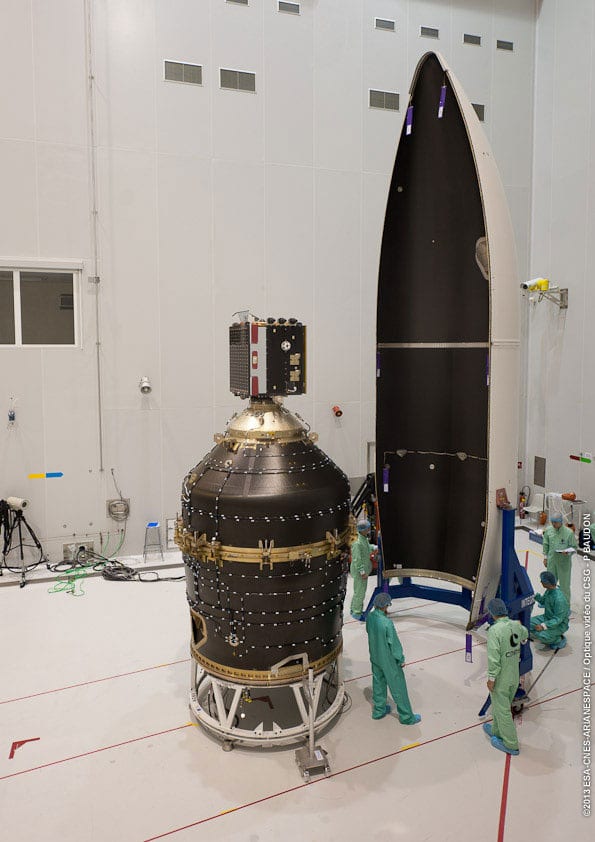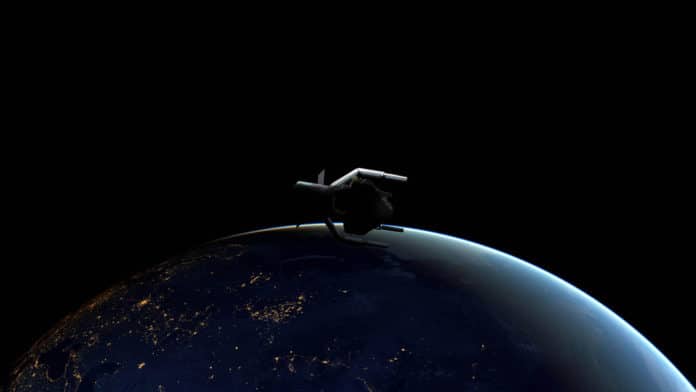Space debris is a serious problem. A number of inactive satellites cavort in orbits around the blue planet – and the trend is rising. Considering that large satellites are planned to be placed in orbit, the risk of collisions will only increase, and therefore the solution to this problem is becoming increasingly important.
The European Space Agency (ESA) worries about this space junk and is planning a joint mission with a commercial consortium to clear space debris from numerous space missions. The first mission of its kind will be launched in 2025 under the name “ClearSpace-1” in collaboration with the Swiss company ClearSpace.

The €120 million project will target an upper stage of the ESA launcher Vega, which remained at an altitude of approximately 600-800 km after launch in 2013. Its mass of 100 kilograms is comparable to a small satellite, while its shape and robust construction make it suitable for testing the features of a garbage collector. “ClearSpace-1” missions are also aimed to target larger targets and perform more demanding tasks – including the collection of multiple objects within a mission.
As a part of the mission, the “garbage collector” spacecraft will be placed in an orbit at the height of 500 kilometers in 2025. It will then approach the piece of space debris that revolves a little higher around the Earth. With a quartet of robotic arms, the probe will attempt to capture its target and pull it out of orbit for destruction in dense layers of the atmosphere.
If all goes well, they will follow more complex missions. Ultimately, both chaser plus Vespa will then be deorbited to burn up in the Earth’s atmosphere – a fate that is likely to share many satellites in the future.
